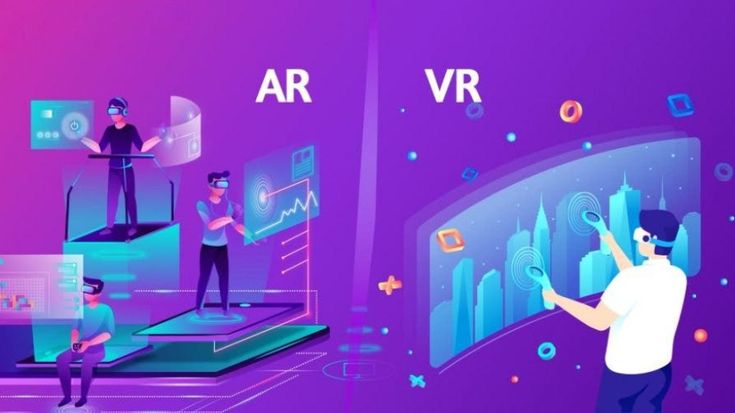The interior design industry has always been a creative and visually driven field. But in today’s tech-savvy era, a new set of tools is transforming how designers work and how clients experience design. Augmented Reality (AR) and Virtual Reality (VR) are revolutionizing the world of interior design, offering immersive experiences and bridging the gap between imagination and reality. But how exactly are these technologies making a difference?
What Are AR and VR?
-
Augmented Reality (AR) overlays digital content onto the real world. Through smartphones or AR glasses, users can see virtual furniture, decor, or design elements placed right into their physical spaces.
-
Virtual Reality (VR), on the other hand, transports users into a fully digital environment. Wearing a VR headset, users can explore a room design in 360 degrees, walking through virtual spaces that don’t yet exist in real life.
How AR/VR Is Transforming Interior Design
1. Enhanced Client Experience
One of the biggest challenges in interior design is helping clients visualize the final result. Mood boards and 2D sketches are helpful, but they can leave much to the imagination. With AR and VR, clients can:
-
Walk through their redesigned home before a single piece of furniture is moved.
-
Test different layouts, materials, and colors in real-time.
-
Avoid expensive mistakes by seeing the final look beforehand.
2. Faster Decision Making
Thanks to immersive visualization, clients can make decisions more confidently and quickly. They can see how a sofa fits in their living room or how a wall color looks under different lighting conditions—without relying on guesswork.
3. Remote Collaboration
With VR, designers can collaborate with clients and teams from anywhere in the world. A virtual meeting in a shared digital room can replace physical site visits, speeding up the design process and cutting down on travel costs.
4. Precision and Customization
AR apps can scan room dimensions accurately, allowing for better space planning. VR allows for real-time customization—users can switch furniture styles, colors, or materials instantly, tailoring the space to personal preferences.
5. Cost Efficiency
Although the technology can have an upfront cost, it often reduces overall expenses by preventing rework, reducing material waste, and shortening project timelines.
AR/VR Tools Being Used in Interior Design
Some popular tools and platforms that are making waves in the industry include:
-
IKEA Place – lets users place true-to-scale furniture in their rooms using AR.
-
Morpholio Board – combines mood boards with AR tools for designers.
-
SketchUp Viewer with VR – allows full walkthroughs of 3D design models in virtual space.
-
Foyr Neo – an AI-powered interior design tool that integrates AR/VR features.
The Future of Interior Design with AR/VR
The integration of AR and VR into interior design is still growing, but its impact is undeniable. As the technology becomes more accessible and affordable, we can expect:
-
More personalized and data-driven design solutions.
-
Increased use of AI alongside AR/VR for predictive and smart designs.
-
Seamless integration with smart homes and IoT devices.
Final Thoughts
AR and VR are no longer just futuristic concepts—they are practical tools reshaping how designers create and how clients experience interior spaces. These technologies are making design more interactive, efficient, and client-focused. For interior designers willing to embrace innovation, AR and VR aren’t just trends—they’re game changers.

